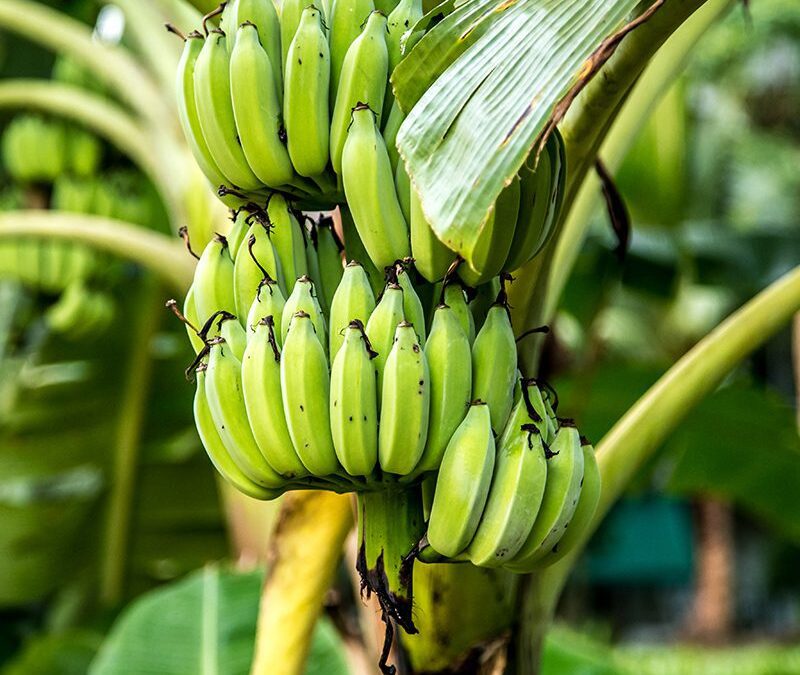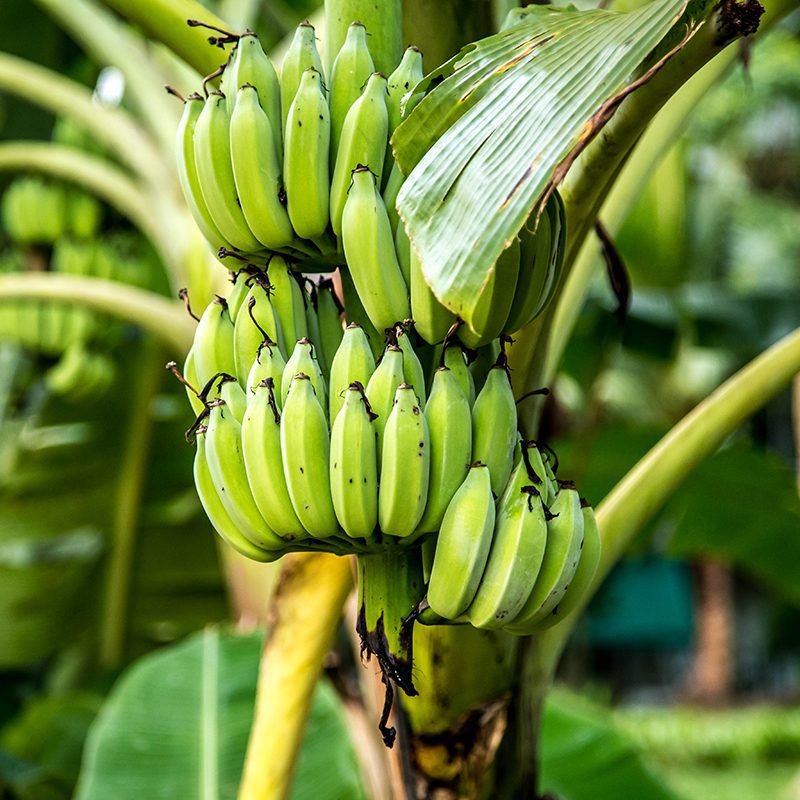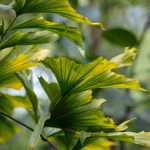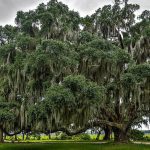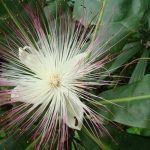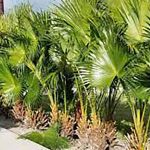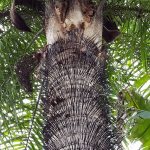
Nov 24, 2022
The tree ferns are arborescent (tree-like) ferns that grow with a trunk elevating the fronds above ground level, making them trees. Most tree ferns are members of the “core tree ferns”, belonging to the families Cyatheaceae (scaly tree ferns), Dicksoniaceae, Metaxyaceae, and Cibotiaceae in the order Cyatheales. It is estimated that Cyatheales originated in the early Jurassic,[1][2] and is the third group of ferns known to have given rise to tree-like forms. The others are the extinct Tempskya of uncertain position,[3] and Osmundales where the extinct Guaireaceae and some members of Osmundaceae also grew into trees. In addition there was the Psaroniaceae and Tietea in the Marattiales, which is the sister group to true ferns.

Nov 24, 2022
Your content goes here. Edit or remove this text inline or in the module Content settings. You can also style every aspect of this content in the module Design settings and even apply custom CSS to this text in the module Advanced settings.

Nov 24, 2022
Terminalia buceras is a tree in the Combretaceae family. It is known by a variety of names in English, including bullet tree, black olive tree, gregorywood (or gregory wood), Antigua whitewood, and oxhorn bucida.[2] It is native to Mexico, Central America, the Caribbean, and northern South America.[3] It is commonly found in coastal swamps and wet inland forests in low elevations.
The species is native to an area in the South, Central and North America, from Colombia to Southern Mexico and Florida.[1] Countries and regions in which it grows are: Colombia; Panama; Costa Rica; Venezuelan Antilles; Nicaragua; Windward Islands; Southwest Caribbean; Honduras; Guatemala; Mexico (Southeast, Southwest, Gulf, Central); Leeward Islands; Belize; Dominican Republic; Jamaica; Puerto Rico; Haiti; Cuba; Turks-Caicos Islands; Bahamas; U.S.A. (Florida). It is regarded as introduced to Trinidad and Tobago.[1]

Nov 24, 2022
Teak (Tectona grandis) is a tropical hardwood tree species in the family Lamiaceae. It is a large, deciduous tree that occurs in mixed hardwood forests. Tectona grandis has small, fragrant white flowers arranged in dense clusters (panicles) at the end of the branches. These flowers contain both types of reproductive organs (perfect flowers). The large, papery leaves of teak trees are often hairy on the lower surface. Teak wood has a leather-like smell when it is freshly milled and is particularly valued for its durability and water resistance. The wood is used for boat building, exterior construction, veneer, furniture, carving, turnings, and other small wood projects.[2]
Tectona grandis is native to south and southeast Asia, mainly Bangladesh, India, Indonesia, Malaysia, Myanmar, Thailand and Sri Lanka, but is naturalised and cultivated in many countries in Africa and the Caribbean. Myanmar‘s teak forests account for nearly half of the world’s naturally occurring teak.[3] Molecular studies show that there are two centres of genetic origin of teak: one in India and the other in Myanmar and Laos.

Nov 24, 2022
Mahogany is a straight-grained, reddish-brown timber of three tropicalhardwoodspecies of the genusSwietenia, indigenous to the Americas[1] and part of the pantropical chinaberry family, Meliaceae. Mahogany is used commercially for a wide variety of goods, due to its coloring and durable nature. It is naturally found within the Americas, but has also been imported to plantations across Asia and Oceania. The mahogany trade may have begun as early as the 16th century and flourished in the 17th and 18th centuries. In certain countries, mahogany is considered an invasive species.






